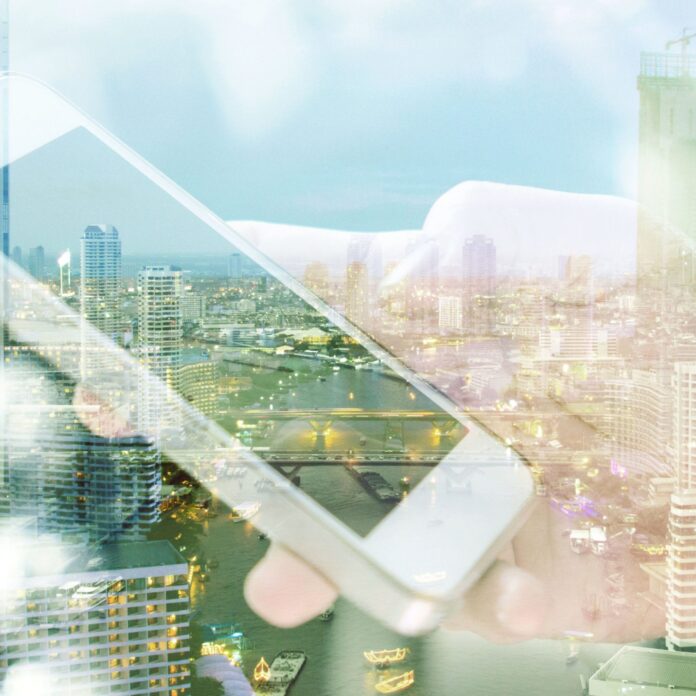National League of Cities finds that U.S. metros aren’t taking into account transportation innovations
Smart cities technology, a subset of the “Internet of Things,” is making morning commutes, finding a parking spot and arranging public transit, among other things, an easy-to-use process driven by mobile technology.
But in many cases, these potentially transformative technologies are relegated to limited trials in urban cores, or novelties employed at giant corporate campuses. And while adoption is gradual, increasing urbanization and population forecasts hammer home the point that cities need to get smarter.
The issue takes center stage in the recent report City of the Future: Technology and Mobile published by the National League of Cities.
The report takes a look at regional and city-level transportation planning documents from the 50 most-populous U.S. cities.
“Transportation is critical for our cities,” Clarence Anthony, National League of Cities CEO and executive director, said. “This report is part of a multiyear research project that focuses on five different factors affecting cities: technology, economics, climate resilience, culture and demographics. By exploring mobility and the impact technology is having on how we all get around, NLC is highlighting specific issues that will help cities anticipate changes in the urban landscape and prepare accordingly.”
In a nutshell, the report authors found that most cities don’t have clear plans for fostering transportation innovations. Similarly, many cities are not implementing the not-too-distant future of autonomous vehicles into long-term transit planning.
“Our collective thoughts on the future of transportation have moved from DeLoreans to driverless cars in what seems like the blink of an eye,” Brooks Rainwater, director of the NLC center for city solutions and applied research, said.
“With the mobility environment rapidly changing, cities are central and leading the effort toward better, more seamless and equitable transportation systems,” he said.
Looking at the near term, the NLC report makes some forecasts for 2020, including: extensive demographic and workforce changes impacting transit networks; the rise of paid road models, which increase public-private partnerships; more transportation options across more transit modes, including integration of mobile pay apps, for instance; and an increase in driverless vehicles.
Even further down the line in 2030, the NLC foresees that commute times will be staggered to help mitigate congestion; public transit will begin to go autonomous; bicycle transport, including electrical assists for getting up hills, for instance, will grow, as will high-speed rail lines; rail and air travel will expand, and tiered price options for premium travel service will come online.
All of these factors, taken as a whole, indicate that smart cities can’t get here soon enough. And transportation is just the tip of the iceberg. Smart electric meters can make peak pricing a thing of the past; intelligent water systems can help combat growing problems with water scarcity; and smart cities, once fully realized, could mean never waiting in traffic again. We’ll see.

